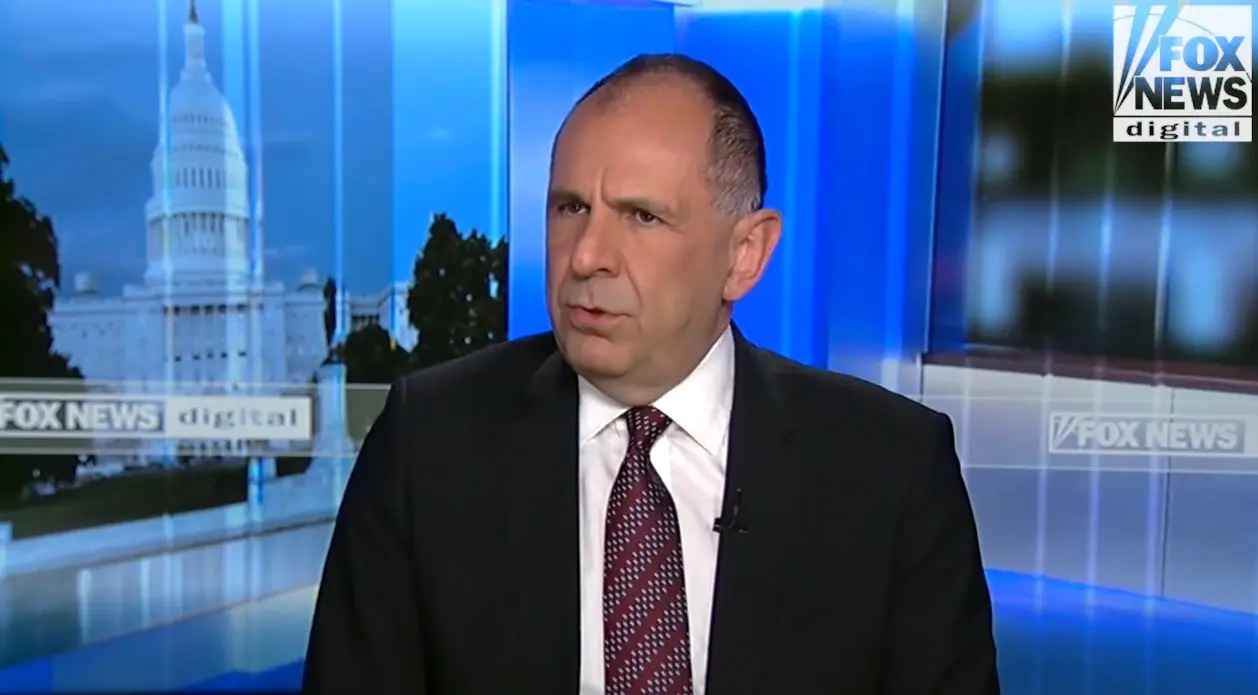The second term of U.S. President Donald Trump has been marked by a transformative tariff policy that is reshaping international trade and shipping dynamics. Following “Liberation Day” on April 2, 2025, the administration enacted significant tariffs, raising the effective U.S. tariff rate to its highest since the 1930s. This series of tariffs includes a notable Section 301 port-fee scheme targeting foreign and Chinese vessels visiting U.S. ports.
### Legal Foundations of the Tariffs
The U.S. Constitution grants Congress the authority to regulate foreign commerce, but over time, much of this power has been delegated to the President. The legal frameworks leveraged by Trump include several sections of key trade legislation, such as Section 232, which allows tariffs for national security, and Section 301, which addresses unfair trade practices. However, these policies face legal challenges; several appeals courts have deemed many tariffs unlawful, with the Supreme Court expected to review the case in November 2025. If limitations are imposed on this presidential authority, tariffs may be rescinded or require re-evaluation under different statutes.
### Overview of the Tariffs
The “Liberation Day” tariffs have elevated the average effective tariff rate to around 16%, significantly higher than pre-Trump levels. The administration has specifically targeted imports from countries like China, the EU, and Brazil, although some nations, such as the UK and Japan, have negotiated their terms. In June, Trump increased tariffs on steel to 50%, affecting all countries, which further escalated tensions, especially with long-standing allies.
Additional tariffs imposed on Brazilian goods and Indian exports highlight the administration’s aggressive trade stances. A significant 100% tariff on patented pharmaceuticals aims to compel pharmaceutical companies to establish production plants in the U.S. Furthermore, the Section 301 port fees will charge Chinese-owned or built ships for docking at U.S. ports, effectively raising the barriers for those vessels.
### Global Shipping Impact
The port fees, commencing on October 14, 2025, are expected to disproportionately impact larger vessels, particularly in the crude oil sector, while smaller ships may find exemptions. Major shipping companies are already strategizing to re-route their fleets, avoiding U.S. ports to escape these fees. Analysts predict that around 7% of port calls will incur additional charges, potentially translating to $5-13 billion in revenue for the U.S. However, competition from Chinese shipyards and cost advantages complicate the U.S.’s effort to become self-sufficient in shipbuilding.
### Changing Trade Dynamics
These tariffs have already begun to distort trade patterns, especially in the agricultural sector, where U.S. soybean exports to China have plummeted due to prohibitive tariffs. Front-running of shipments by retailers to avoid impending tariffs has caused container freight rates to spike, followed by significant drops as tariffs took effect.
The tariffs have also affected relationships with partner nations. Mexico has implemented its tariffs on Chinese goods to placate U.S. demands, while tensions with China remain high amid mutual retaliatory measures.
### Compliance and Administrative Challenges
Navigating this tariff regime poses significant challenges for shipping companies and freight forwarders. Compliance with the new regulations requires meticulous tracking of vessel ownership structures, cargo origins, and voyage patterns, all while managing the risks tied to penalties for noncompliance. Analytical tools, such as those offered by Windward’s Maritime AI™, are essential for enabling firms to adapt to this complex and evolving landscape.
### Conclusion
The sweeping tariff measures by the Trump administration represent a drastic pivot in U.S. trade policy, with broad implications for seaborne freight. While aimed at revitalizing American industries, the approach has led to increased operational complexities and potential retaliatory actions from trading partners. As legal uncertainties loom, the future of these tariffs and their impacts on global trade remain intertwined with economic growth and international relations.
Source link





